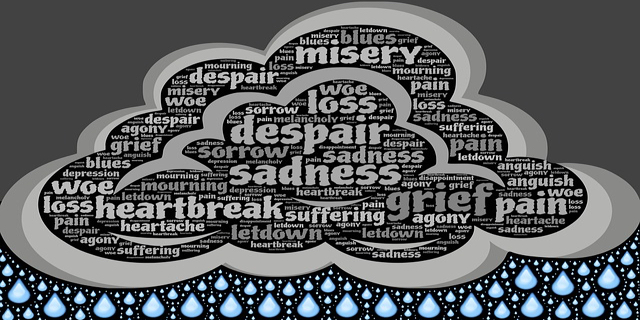As of November 29, the COVID-19 pandemic has caused almost 1.5 million deaths worldwide just from the disease itself. That number doesn’t take into account the deaths that have occurred because people have delayed care or avoided hospitals and physicians due to the pandemic.
Because of social distancing, normal interactions – like being with loved ones in the hospital – are curtailed. A recent article in the Journal of Pain and Symptom Management described risk factors for poor bereavement:
“…lack of social support, a sudden or a traumatic death, lack of preparation for the death, a hospital-based death, and a death in the intensive care unit (ICU).”[1]
Many of these risk factors are part of the experience of COVID-19 illness and death. During a family member’s final days and afterwards, interaction with family and travel to see family cannot occur. Sadly, because of social distancing, it is difficult to say good bye before death or to experience the closeness provided at normal wakes and funerals. For some families, multiple members may have become ill. Further, many families face financial concerns as their employment has been disrupted by the pandemic and add to their burden.
When families and friends have unresolved grief, the risk of post-traumatic stress disorder increases. Prolonged grief disorder may also result. This is a persistent experience of grief that does not diminish with time. Difficulty accepting the death and continuing with one’s life as well as emotional numbness are other symptoms. Prolonged grief disorder involves significant impact on daily functions.[2]
The CDC offers some excellent ideas for grieving family and friends who are facing loss caused by COVID-19 or social distancing and fear of COVID-19:
[3]
- Connecting with other people
- Invite people to call you or host conference calls with family members and friends to stay connected.
- Ask family and friends to share stories and pictures with you via mailed letters, email, phone, or video chat or via apps or social media that allow groups to share with each other (e.g., group chat, group messaging, Facebook).
- Coordinate a date and time for family and friends to honor your loved one by reciting a selected poem, spiritual reading, or prayer within their own households.
- Creating memories or rituals.
- Develop a virtual memory book, blog, or webpage to remember your loved one, and ask family and friends to contribute their memories and stories.
- Take part in an activity, such as planting a tree or preparing a favorite meal, that has significance to you and the loved one who died.
- Asking for help from others
- Seek out grief counseling or mental health services, support groups, or hotlines, especially those that can be offered over the phone or online.
- Seek spiritual support from faith-based organizations, including your religious leaders and congregations, if applicable.
- Seek support from other trusted community leaders and friends.
Remember, you are not alone in this. Stay safe.
Feature Image by John Hain from Pixabay
References
1.Morris, S. E., Moment, A., & Thomas, J. D. (2020). Caring for Bereaved Family Members During the COVID-19 Pandemic: Before and After the Death of a Patient. Journal of pain and symptom management, 60(2), e70–e74. https://doi.org/10.1016/j.jpainsymman.2020.05.002
2. https://tidsskriftet.no/en/2017/04/klinisk-oversikt/what-distinguishes-prolonged-grief-disorder-depression
3.https://www.cdc.gov/coronavirus/2019-ncov/daily-life-coping/stress-coping/grief-loss.html






